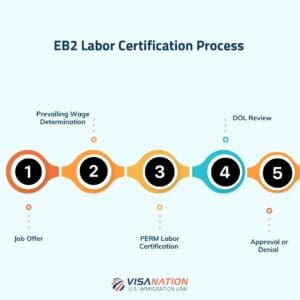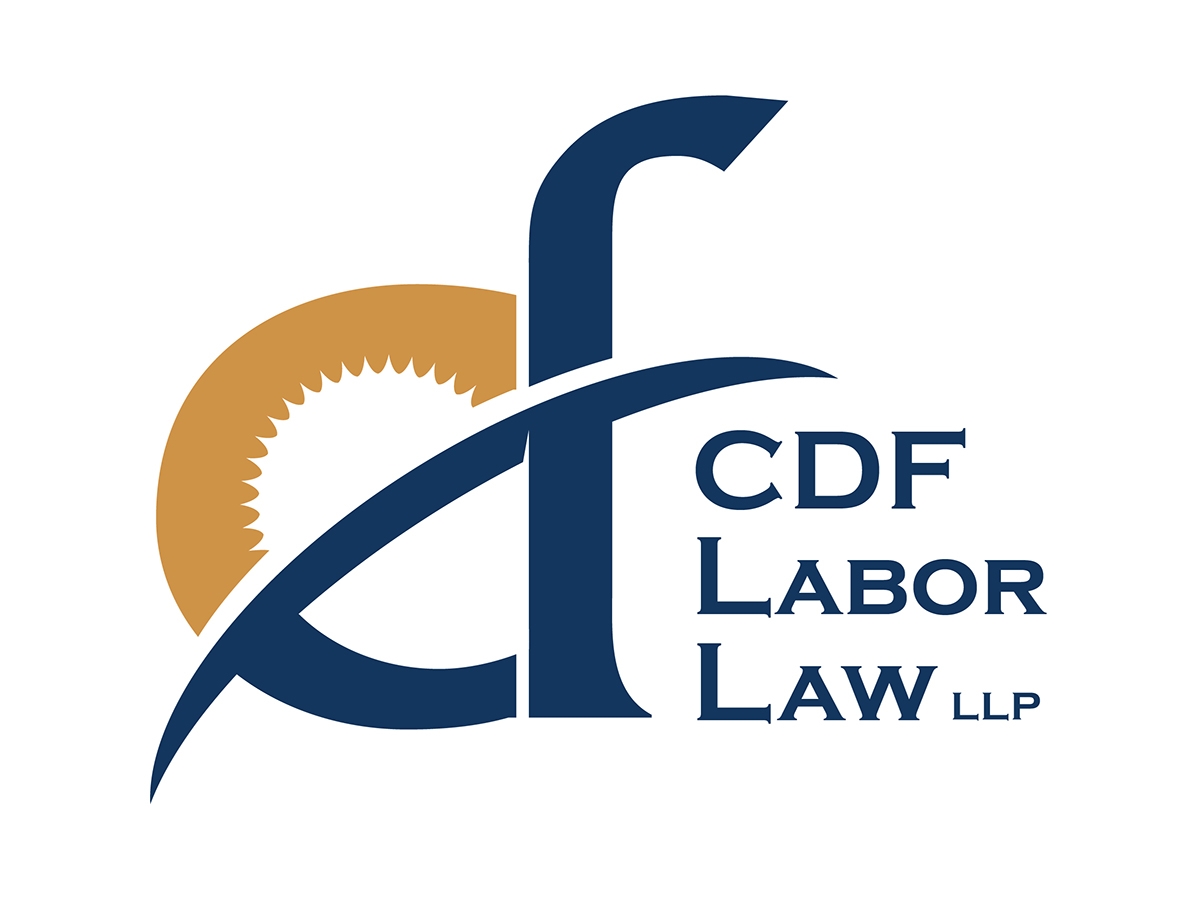What is Schedule 8812?
Explanation of the form used to claim the additional child tax credit.
Jump to:
In an effort to provide financial relief to families, Schedule 8812 is an IRS form designed to help taxpayers maximize their tax benefits for qualifying children through the additional child tax credit. When filing a federal income tax return, Schedule 8812 is attached to Form 1040.
Alongside Form 2441, which is used to claim the child and dependent care tax credit, Schedule 8812 is one of several tax forms that help families claim tax credits for dependents. From an accountant’s perspective, it is important to understand the key aspects of Schedule 8812 and other child and dependent tax credits to help your clients offset some of the costs associated with raising children.
In this article, we’ll explore the intricacies of Schedule 8812 and discuss how tax professionals can best assist their clients in claiming the additional child tax credit.
What is the additional child tax credit?
The additional child tax credit is an extension of the child tax credit and is designed to assist families who might not fully benefit from the regular child tax credit due to their low tax liability. If the credit amount exceeds the tax liability, the IRS may refund the difference up to a certain limit.
It is important to note that the child tax credit and credit for other dependents are both nonrefundable credits, while the additional child tax credit is refundable. For eligible families, it can help alleviate some of the financial burdens associated with raising children.
Schedule 8812 is the IRS tax form designed to help eligible taxpayers claim the additional child tax credit.
Schedule 8812 instructions
Schedule 8812 requires information about each qualifying child, including their name, Social Security Number, and relationship to the taxpayer. Additionally, the form requires certain financial figures, such as earned income and nontaxable combat pay.
The Schedule 8812 instructions guide taxpayers through the process of calculating the additional child tax credit using a multi-step formula. This formula considers factors like earned income, the number of qualifying children, and the taxpayer’s tax liability.
Accountants should advise clients to thoroughly read and follow the Schedule 8812 instructions to avoid errors and ensure accurate tax credit calculations.
What is a Schedule 8812 U.S. principal abode?
When it comes to Schedule 8812, the term “U.S. principal abode” refers to the main home where a child lived for more than half of the tax year. This is a determining factor in qualifying for the additional child tax credit as it helps establish the child’s residency and the extent of financial support provided by the taxpayer.
What is the CP08 notice?
The IRS sends a CP08 notice to inform taxpayers that they may be eligible for an additional child tax credit. Completing the additional child tax credit worksheet on Form 15110 will help determine if the taxpayer is entitled to a refund.
Typically, this situation occurs because the taxpayer filed an original return with the IRS listing dependent children but did not claim the additional child tax credit.
Completing Form 15110 and Schedule 8812
If your client receives a CP08 notice, advise them to follow these instructions on completing Form 15110:
Helping clients with Schedule 8812
As a tax professional, your role in assisting clients with Schedule 8812 is crucial in ensuring accurate filings and maximizing potential benefits.
Take the time to explain the purpose of Schedule 8812 and the significance of the additional child tax credit. Break down the eligibility criteria and emphasize the impact it can have on reducing tax liability or even resulting in a refund.
Gathering and reviewing the necessary documents is also a fundamental step. Help your clients compile information about qualifying children, ensuring accurate Social Security Numbers, and relationships. Additionally, guide them in organizing income-related documents like W-2 forms.
Lastly, be sure to stay informed on relevant legislative changes and updates to tax law. Consider implementing an integrated tax research tool to help you keep abreast of any modifications to child tax credits as this can influence calculations.
At the end of the day, assisting your clients with Schedule 8812 involves clear communication, meticulous document handling, staying updated on tax laws, and offering support in case of IRS notices. By guiding clients through this process, you can contribute to their financial well-being and offer them peace of mind during tax season.
Tax software for Schedule 8812
With shifting IRS regulations and the need for error-free documentation, more and more accountants are turning to scan-and-populate solutions that automate the tax preparation process and integrate with AI-powered tax research tools.
If you’re an accountant looking to better serve your clients, SurePrep’s integration with Thomson Reuters UltraTax CS® and GoSystem Tax RS can help you reduce manual data entry and optimize client tax credits.
The AI-powered combination of 1040SCAN, SPbinder, and TaxCaddy integrate with your existing tax software to automate each phase of the tax prep process. Together with Checkpoint Edge, you can be sure you are properly interpreting IRS tax legislation for child tax credits.
SoftwareSurePrep 1040SCAN Eliminate data entry with our industry-leading scan-and-populate solution. |





